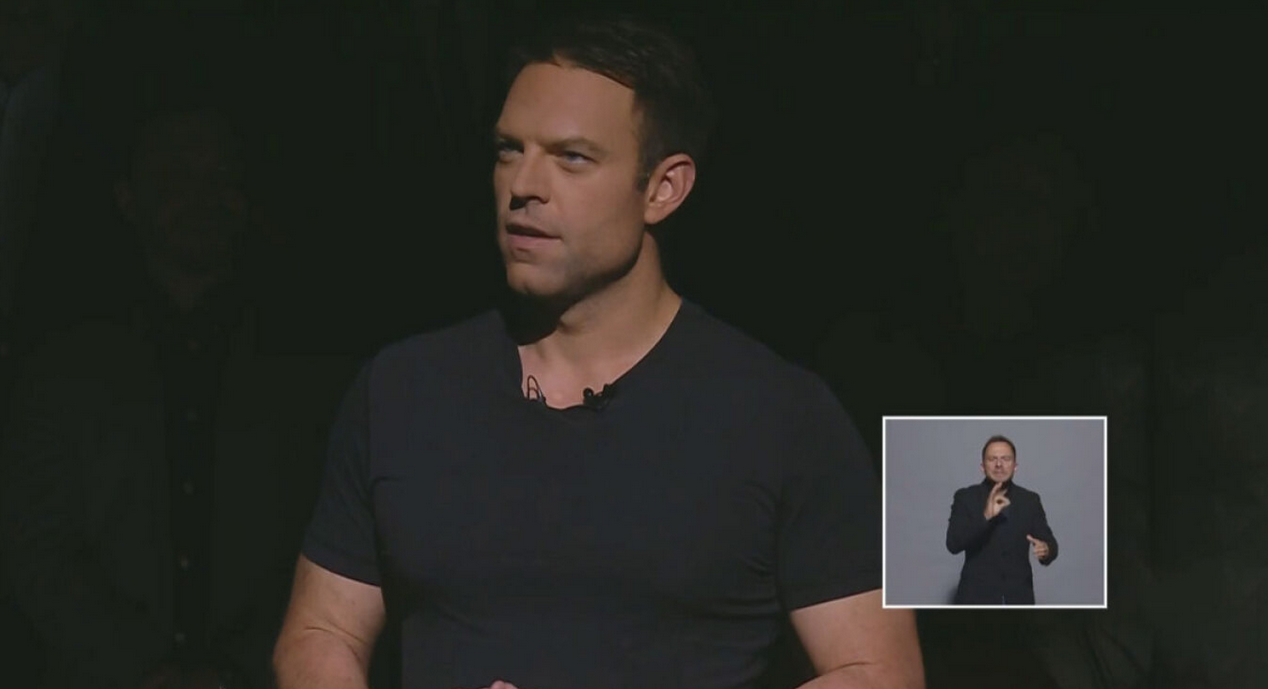The on-going North Korean nuclear crisis, in addition to the previous nuclear crises with Iraq and Iran, demonstrates that we lack a coherent, peaceful approach to respond decisively to major nuclear proliferation threats.
In all three cases, world leaders have wavered between war and diplomacy. The results have been suboptimal.
Iraq: war was an excessive response
In September 1980, Iranian airplanes bombed Iran’s French-origin research reactor Osiraq. The facility was partially destroyed. Teheran called the attack a preventive act. Notably, Iraq was a signatory to the Non-Proliferation Treaty (NPT), subject to international Safeguards inspections, and free of anomaly reports by the International Atomic Energy Agency (IAEA).
Eight months later, in June 1981, the Israeli air force destroyed the Osiraq reactor. The United Nations Security Council (UNSC), the UN General Assembly, and the world’s mass media rebuked the Israelis for the attack. Remarkably, the US administration called it an act of defense.
In 2003, the United States accused Iraq of having restarted a nuclear weapons program. Reference was made to nuclear weapons related activities, detected in 1991 during the first war Gulf War. This embryonic nuclear program was destroyed by international inspectors immediately thereafter. The IAEA did not support the 2003 allegations. Nonetheless, the US decided that diplomacy had failed and, without UN endorsement, invaded Iraq with a coalition of the willing.
The 2003 invasion of Iraq did not disclose a clandestine nuclear weapons program. In 2005, the IAEA’s Director General ElBaradei and nuclear inspectors were awarded the Nobel Peace Prize.
Iran: limited diplomatic postponement
Iran’s nuclear program included sensitive nuclear fuel cycle activities, such as enrichment and reprocessing. These were conducted in line with the NPT, but nonetheless contained a possible military dimension. The existence of dual-purpose nuclear activities within the NPT constitutes the Treaty’s Achilles heel. While presumed nefarious intentions can cause heightened alertness, they cannot be legally penalized.
Iran’s steady development of enrichment and reprocessing capabilities caused international concern that slowly developed into a crisis. In the years after 2006, the UNSC imposed economic and trade sanctions, leading to diplomatic negotiations with Iran by the P5+1: the US, Russia, China, UK, France plus Germany. The July 2015 P5+1 nuclear agreement imposes a 10- 15-year reduction and freeze of Iran’s sensitive activities along with gradual lifting of sanctions.
IAEA inspectors are monitoring and verifying the implementation of an agreed plan, the Joint Comprehensive Plan of Action. If Iran breaks out of the 2015 agreement, it would need ten months or longer to produce the nuclear material required for a nuclear weapon, which is enough time for response measures.
North Korea: an on-going threat
North Korea joined the IAEA in 1974, signed the NPT in 1985 and in 1992 signed its NPT Safeguards Agreement. From the very beginning, Pyongyang’s behavior was not consistent with its binding international commitments. Already in 1992, IAEA inspectors found inconsistencies in North Korea’s declarations and the year after North Korea announced its intention to withdraw from the NPT.
Just one day before the withdrawal was due to take effect, the US persuaded North Korea to suspend its decision. Six months later, in December 1993, IAEA Director General Hans Blix announced that the Agency could no longer provide “any meaningful assurances†that North Korea was not producing nuclear weapons.
A US initiative saved the situation. On 21 October 1994, an Agreed Framework was signed between the US and North Korea in Geneva. The UNSC then requested the IAEA to monitor the freeze of North Korea’s nuclear facilities under the Agreed Framework.
In December 2002, North Korea tampered with IAEA surveillance equipment and a few days later requested the immediate removal of IAEA inspectors from the country. Then, on 10 January 2003, North Korea announced its withdrawal from the NPT and in April 2003 declared it had nuclear weapons.
During the six-party talks (USA, China, Russia, South Korea, Japan and North Korea) starting in 2003 on solving North Korea’s nuclear crisis, North Korea was repeatedly accused of violating the Agreed Framework and other international agreements, thus triggering several IAEA and UNSC resolutions.
North Korea’s capability to produce both plutonium and uranium nuclear weapons is rapidly advancing. Its capacity to enrich uranium has doubled in recent years. US and Chinese officials believe that there are more than 20 nuclear bombs in its arsenal.
The best that can be hoped for with North Korea is an immediate freeze of nuclear and ballistic missile activities. A return to zero nuclear weapons capability is a utopian expectation. With only one exception, no non-NPT member with nuclear weapons (India, Pakistan, and possibly Israel) has ever returned to zero nuclear weapons capability or indicated intentions to do so. The one exception is South Africa, which voluntarily destroyed its nuclear weapons in 1990 under IAEA supervision, as apartheid fell.
Conclusions
Though nuclear proliferation is a leading global threat, we have failed to demonstrate sufficient competence in responding.
The rhetoric of terror on both sides combined with the risk of miscalculation or a military error is extremely worrying. It only accelerates a dangerous nuclear vicious cycle.
PS: With apologies to Dr. Ikonomou, this seems an only slightly appropriate place at which to share John Oliver’s view of North Korea and prospects for opening good communications, among other things via the accordion:
































